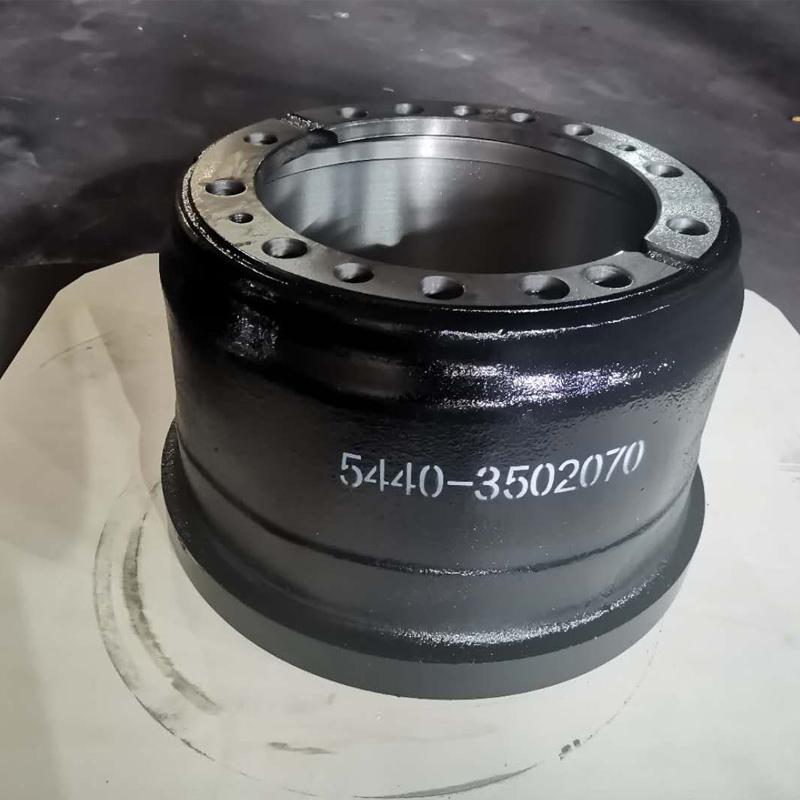Nov . 16, 2024 00:27 Back to list
brake drum seized
Understanding Brake Drum Seizure Causes, Symptoms, and Solutions
Brake systems are essential for the safe operation of vehicles, and one of the critical components within this system is the brake drum. However, brake drums can sometimes seize, leading to a range of problems that can compromise vehicle safety and performance. Understanding what causes brake drum seizure, recognizing the symptoms, and knowing how to address the issue can help vehicle owners maintain their braking systems effectively.
Causes of Brake Drum Seizure
Brake drum seizure typically occurs due to a combination of factors. One of the most common causes is rust and corrosion. When a vehicle is parked for an extended period, especially in damp or humid conditions, moisture can accumulate on the brake components. This moisture leads to rust formation, which can cause the brake drum and the brake shoes to bond together.
Another contributing factor is overheating. Excessive heat generated during braking can warp the brake drum or the brake shoes, leading to improper fit and eventual seizing. This overheating often occurs due to excessive braking, worn-out brake components, or malfunctioning hydraulic systems that do not distribute force evenly.
Additionally, lack of maintenance can lead to brake drum issues. Regular inspection and servicing help prevent the buildup of dirt and grime that can interfere with the braking mechanism. Neglecting the necessary maintenance can result in brake shoe wear or brake fluid contamination, which are vital in preventing seizure.
Symptoms of Brake Drum Seizure
Identifying the symptoms of brake drum seizure early can help mitigate further damage to the vehicle's braking system. One of the most noticeable signs is grinding or scraping noises when the brakes are applied. This sound indicates that the brake shoes are not disengaging from the drum properly.
brake drum seized

Another symptom is the occurrence of a pulling sensation when braking. If the vehicle pulls to one side, it may indicate that one of the brake drums is seized while the others function correctly. A significant loss of braking power can also occur, making it increasingly difficult to stop the vehicle.
Visually, a seized brake drum may show signs of wear or damage. Inspecting the brake components for rust, corrosion, or uneven wear is crucial in identifying potential issues early. Regular checks help to ensure that all parts are in good working condition and can prevent more severe problems down the line.
Solutions for Brake Drum Seizure
Once brake drum seizure is suspected, addressing the problem promptly is critical. The first step is to conduct a thorough inspection of the entire brake system. This examination includes checking the brake drums, shoes, hardware, and hydraulic components for wear and damage.
If rust or corrosion is the root cause, cleaning the brake drum and shoes with appropriate solvents can help. In more severe cases, replacing corroded parts may be necessary to restore proper function. If the brake drum has become warped due to overheating, resurfacing or replacing it is typically required.
Regular maintenance is the best defense against brake drum seizure. Vehicle owners should schedule routine brake inspections to identify any issues before they escalate. Keeping the brake system clean, replacing worn components, and ensuring proper fluid levels are essential practices for maintaining optimal braking performance.
Conclusion
Brake drum seizure is a serious issue that can affect vehicle safety and performance. By understanding the causes, recognizing the symptoms, and implementing effective solutions, drivers can significantly reduce the risk of facing this problem. Regular maintenance and prompt attention to any braking issues are key to ensuring a safe driving experience.
-
Your Brake Drum Man: Quality & Performance Parts
NewsAug.21,2025
-
Explore Japan: Ultimate Travel Guide & Authentic Experiences
NewsAug.19,2025
-
Your Brake Drum Man: Premium & Reliable Brake Drums for Sale
NewsAug.18,2025
-
ROR Web Development: Build Fast, Scalable, Secure Apps
NewsAug.17,2025
-
Scania Brake Drums: OEM Quality for Optimal Safety & Durability
NewsAug.16,2025
-
R.V.I: Advanced Remote Visual Inspection for Precision
NewsAug.15,2025
